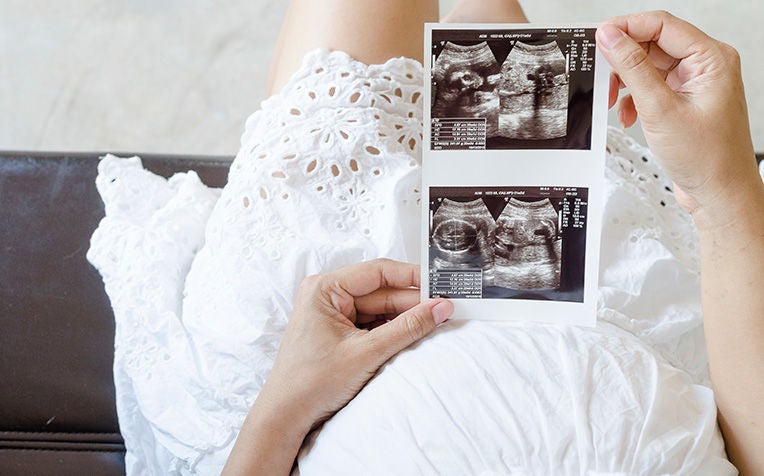
Pregnancy milestones in your second and third trimester.
Second trimester (Pregnancy weeks13-27 )
Are you expecting a boy or a girl?
The second trimester is the period when the baby’s gender can be determined. The gender can usually be determined by weeks 18-20 of pregnancy when a foetal anomaly ultrasound is carried out. If a karyotype (chromosomal study) is performed, the gender can be determined as early as week 12 through chorionic villous sampling.
“Normally at this stage of pregnancy the baby’s gender can be determined by ultrasound but it’s not guaranteed. The doctor may not be able to tell the gender for sure unless a clear view of the baby’s genitals is available during the ultrasound,” says Dr Hong Sze Ching, Visiting Consultant, Department of Obstetrics & Gynaecology, KK Women’s and Children’s Hospital (KKH), a member of the SingHealth group.
Foetal movements
This is the also period when most women first notice the foetal movements, known as quickening. “Most first-time mothers notice their baby’s first movements when they are between 18-20 weeks pregnant,” says Dr Hong.
Among other milestones of the second trimester, by week 16, the foetus will be able to make sucking motions with the mouth and will be able to move the eyes. By week 18, the foetus may be able to hear, and by week 25, may be able to respond with movement to your voice. Hair will also grow on the head by this stage of foetal development.
“Once the baby can hear, the mother can listen to music to calm herself and her baby,” says Dr Hong. “However, there are no conclusive studies to prove that playing classical music aids in the baby’s development and intelligence.”
At the end of the second trimester, the foetus will be able to open its eyes. The foetus typically will be about 23 cm long and weigh about 800g. Organs such as the lungs and brain are still growing and maturing at this stage of foetal development.
Third trimester (Pregnancy weeks 28-birth)
During the last trimester of pregnancy, the foetus increases significantly in size. The bones will be fully developed by week 29, but will still be soft and pliable. The body begins to store fat as well as minerals such as calcium, iron and phosphorus.
By week 33, the foetus will be able to detect light. By the end of week 32, the foetus is likely to be 38-43 cm long and weigh 1.8-2.2 kg.
From week 33-36, the foetus will grow rapidly and will descend into the head-down position preparing for birth. At 37 weeks, the foetus’ organs are ready to function independently, except for the lungs which continue to mature until birth.
At full term, the foetus is typically 48-53 cm long and weighs 3-4.5 kg.
The baby is due to be born in week 40 of pregnancy but it is normal for the actual birth to be one or two weeks before or after the due date. The due date is usually estimated by adding 40 weeks to the first day of the mother’s last normal menstrual period.
Read here for a
complete pregnancy week by week guide by KKH.
Ref: M19


















 Get it on Google Play
Get it on Google Play